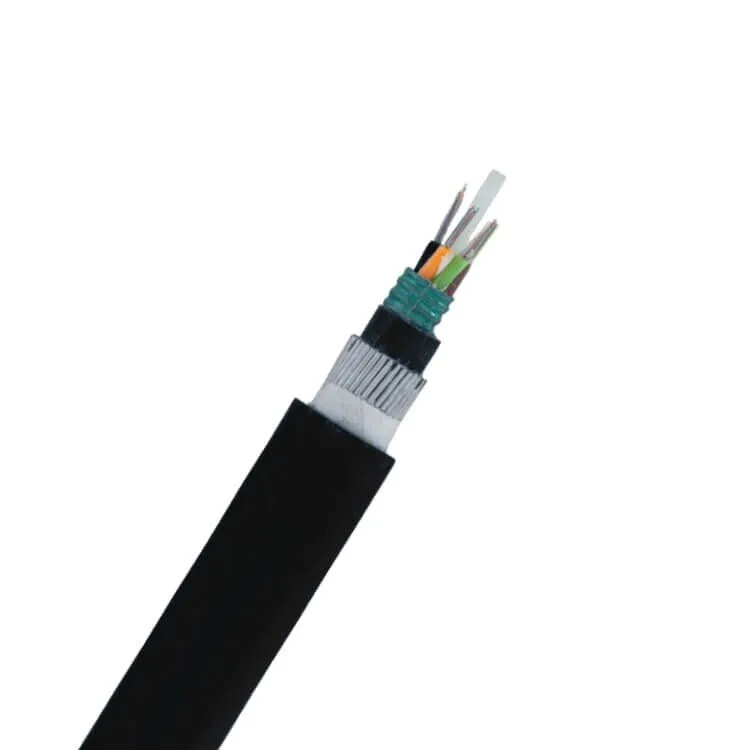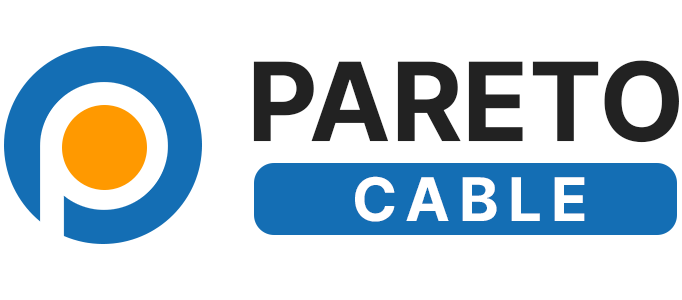Aerial fiber cable is a type of fiber-optic cable that is installed above ground, typically mounted on utility poles or other elevated structures. This method of deployment is commonly used in areas where underground installation would be too expensive, difficult, or time-consuming. It’s especially beneficial in rural or remote locations where traditional infrastructure is lacking.

The main advantage of aerial fiber cable is its speed and reliability. Unlike copper cables, which experience signal loss over long distances, fiber-optic cables transmit data through light signals, allowing for higher speeds and greater bandwidth. This makes them ideal for providing high-speed internet, telecommunication services, and video streaming to a larger population.
However, one of the challenges of aerial fiber cable is its exposure to the elements. Aerial cables are more susceptible to damage from weather conditions such as storms, strong winds, or falling trees. Unlike underground cables, which are protected by the earth, aerial fiber cables can be physically damaged more easily, leading to service disruptions. As a result, these cables must be equipped with durable outer coatings to withstand environmental pressures, and regular maintenance is necessary.
When considering the installation of aerial fiber cables, the cost is often lower compared to underground cables. However, their vulnerability to environmental hazards means that long-term costs may increase if frequent repairs are needed. In contrast, while underground cables might have higher upfront costs, they offer better protection against external damage.
In conclusion, aerial fiber cables are a crucial part of modern telecommunications infrastructure. They provide cost-effective, high-speed connections but come with their own set of maintenance challenges due to their exposure to the elements. They continue to play a pivotal role in expanding internet access to areas that might otherwise be underserved.
